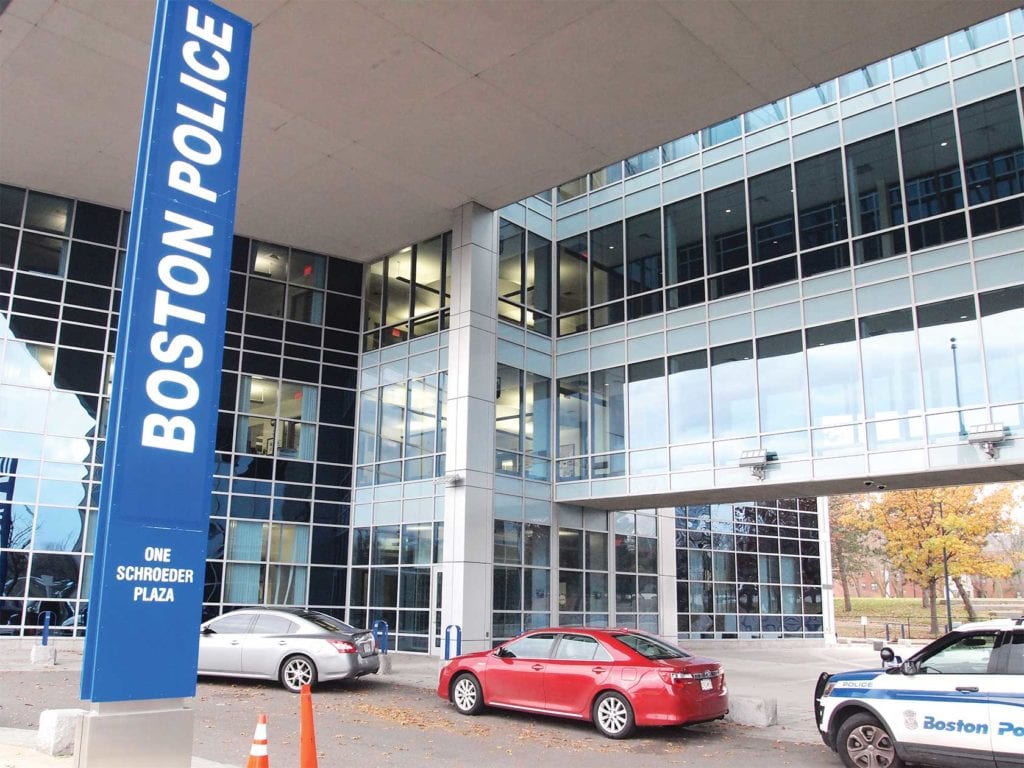Little oversight on police court overtime
No traceable information on overtime slips

The Boston Police Department pays millions of dollars in overtime, including for court appearances that can last minutes, but the city has little means of tracking how those dollars are spent, according to City Councilor Ricardo Arroyo.
Arroyo, who requested records on the overtime police officers are paid for court appearances, found that department officials do not record docket numbers for cases in which officers are appearing or even information on in which court the officers are appearing.
“The big gaping problem is that there’s no way for me, based on the records given to me, to verify that when somebody says they were in court for a specific purpose, that the case they were in was at that specific stage,” Arroyo told the Banner.
A 2015 audit of police overtime spending found that officers are routinely paid for time they didn’t work and that there are few ways for the department to monitor overtime spending.
In a July 30 records request, Arroyo asked BPD officials for an electronic list of records in which police receive overtime pay for court appearances, including officers’ names, the names of defendants and docket numbers.
Instead of the docket number he requested, the slips have an “overtime code” that signifies why they were there, but not which court.
“For 2014, there’s 35,000 total entries,” he said. “I have the [overtime] code, and I have the description. A 281 is a court clerk magistrate hearing. A 280 is a court trial. A 283 is a court motions hearing.”
The records Arroyo received for the years 2014 through 2019 do record the number of hours for which officers were paid the minimum four hours overtime for court appearances.
The vast majority of slips record less than four hours worked, Arroyo says, confirming that out of around 30,000 visits per year, a significant number of visits result in four hours of overtime pay despite many lasting 30 minutes or fewer. During 2019, for example, 24% of the 26,751 court appearances were for one hour or less. In each appearance, whether it lasts five minutes or an hour, the officers are guaranteed at minimum four hours at time-and-a-half — the equivalent of six hours pay.
That year, officers appearing in court were paid for a total of 55,201 hours at the time-and-a-half rate of overtime pay.
The data arrived in a spreadsheet that was converted from paper slips, signaling to Arroyo that the courts do not regularly upload the information online.
It’s not clear who is responsible for the accuracy of these overtime slips, whether it’s the case supervisor or the supervising officer, especially since the data cannot be traced back to specific courts.
“The fact that you’ve got to cobble together a bunch of receipts, paper forms, is not efficient and doesn’t lend itself to proper oversight,” Arroyo said.
The second part of his request requires information on officers who were summonsed and failed to appear in court, and Arroyo expects to receive it soon. Until then, he will be analyzing the data he’s gotten so far.
A former public defender, Arroyo said it’s important for city officials to know exactly why officers are being paid to appear in court. That information should include the nature of the hearing officers are attending.
“There’s really no good reason that I can think of for any officer to be in court for a pretrial conference,” he said.






